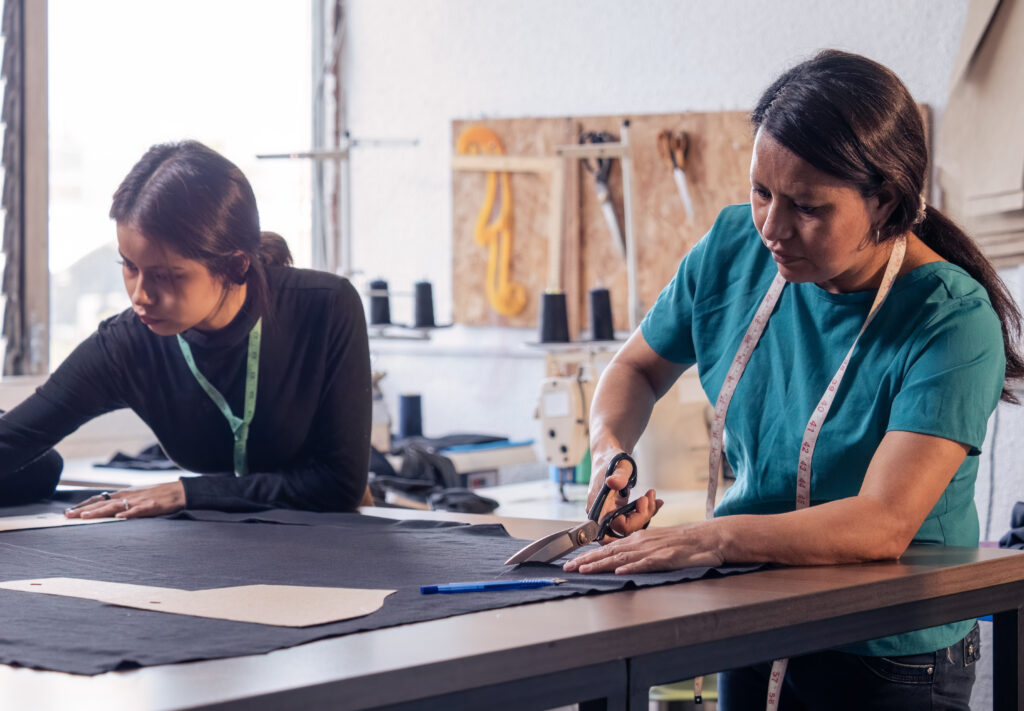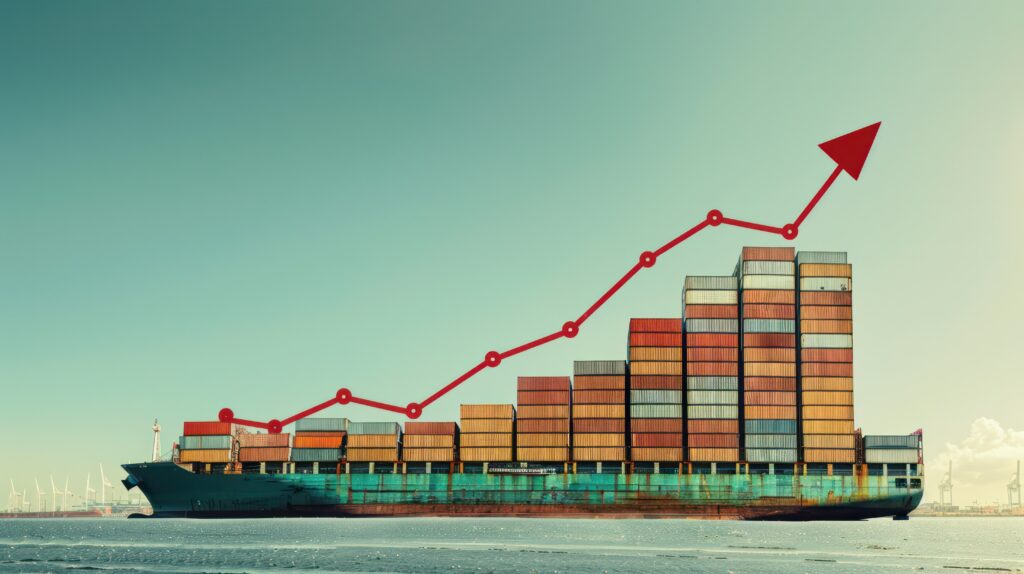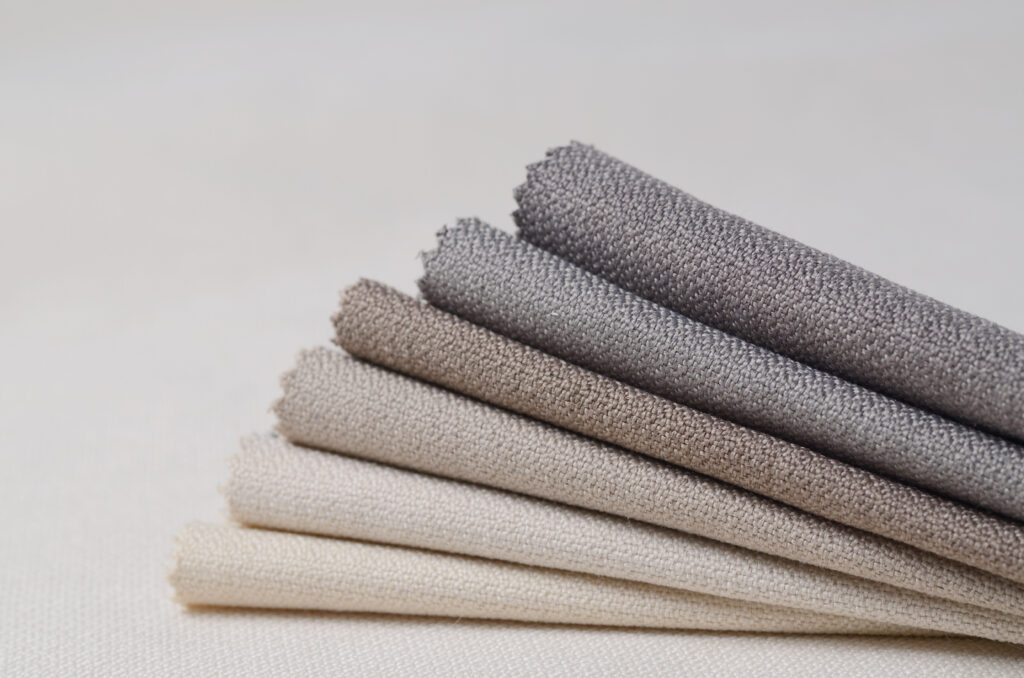A Guide to Moving Manufacturing from China to Latin America

For consumer product businesses—whether you produce clothing, leather goods, accessories, home goods, or packaging—the decision to shift manufacturing from China to Latin America is a significant one. It involves more than logistics; it’s a strategic move that can reshape your supply chain, cost structure, and customer relationships. If you’re exploring options like Mexico or Brazil for production, here’s a step-by-step guide to help you navigate the transition.
Why Shift Manufacturing to Latin America?
Latin America offers distinct advantages:
1. Proximity to U.S. Markets: Shorter shipping distances lead to reduced costs, faster turnaround times, and easier collaboration.
2. Trade Agreements: Countries like Mexico benefit from agreements like the USMCA, which can eliminate or reduce tariffs on goods moving between the U.S., Mexico, and Canada.
3. Cost Competitiveness: While labor costs in China have risen over the years, Latin America offers a competitive alternative, especially in industries like textiles, leather, home goods, glassware and cosmetics manufacturing.
4. Sustainability and Ethical Sourcing: Latin America provides opportunities for more sustainable practices and easier monitoring of ethical production standards.
5. Resilience Against Supply Chain Disruptions: Avoid global shipping bottlenecks and geopolitical tensions by keeping production closer to your home market.
1. Assess Feasibility and Fit
Before committing to a move, analyze whether Latin America aligns with your business needs:
Research Manufacturing Hubs:
• Mexico: Ideal for textiles, leather goods, electronics, and packaging. Key regions include Guadalajara, Monterrey, and Mexico City.
• Brazil: Strong in footwear, leather, and home goods manufacturing, particularly in states like São Paulo and Rio Grande do Sul.
• Consider Industry Specialization: Latin American factories often specialize in artisan-quality production for accessories, leather goods, and custom packaging.
• Evaluate Costs: Compare labor rates, raw material availability, and transportation expenses with your current costs in China.
2. Identify and Vet Suppliers
Finding the right manufacturing partner is critical. Platforms like Nearshore can help you connect with verified factories across Latin America. Here’s how to approach this step:
• Start with a Shortlist: Use sourcing platforms and/or networks to identify factories with expertise in your product category.
• Request Samples: Ensure the factory can deliver the quality you need before committing to a larger order.
3. Build a Transition Plan
Moving production requires careful planning to avoid disruptions:
• Gradual Transition: Depending on the product, you can start with small production runs in Latin America while maintaining operations in China to mitigate risks. You can also begin with 1-2 products to begin transitioning.
• Adapt Supply Chains: Establish new logistics and warehousing solutions to manage shorter shipping routes.
• Secure Materials: Identify whether raw materials will be sourced locally or imported and account for any added costs or delays.
4. Invest in Relationship Building
Cultural understanding and relationship building are essential when working in Latin America:
• Develop Partnerships: Treat suppliers as long-term partners rather than transactional vendors.
• Bridge Communication Gaps: Many factories in Latin America speak English, and for those that don’t, you can use translation apps and platforms like Nearshore also have built in translation for manufacturing specific language.
• Understand Local Business Practices: Be aware of cultural nuances, such as negotiation styles and decision-making processes.
5. Optimize for Scalability and Manage Risk
As your operations begin to settle, think about growth:
• Upgrade Technology: Work with factories that leverage automation and digital tools to ensure scalability.
• Monitor Quality: Conduct regular audits to maintain high production standards.
• Diversify Locations: Consider working with multiple factories across the region to spread risk.
Transitioning Can Take Time, Start Researching Today
Shifting manufacturing from China to Latin America is not a one-size-fits-all solution, but for many consumer product brands, it offers a compelling mix of cost savings, market proximity, and operational resilience. Platforms like Nearshore can ease the process by connecting you to verified factories in the region, ensuring a smooth transition. With careful planning and the right partners, nearshoring could be the strategic pivot your business needs to thrive in today’s market.
More blogs


